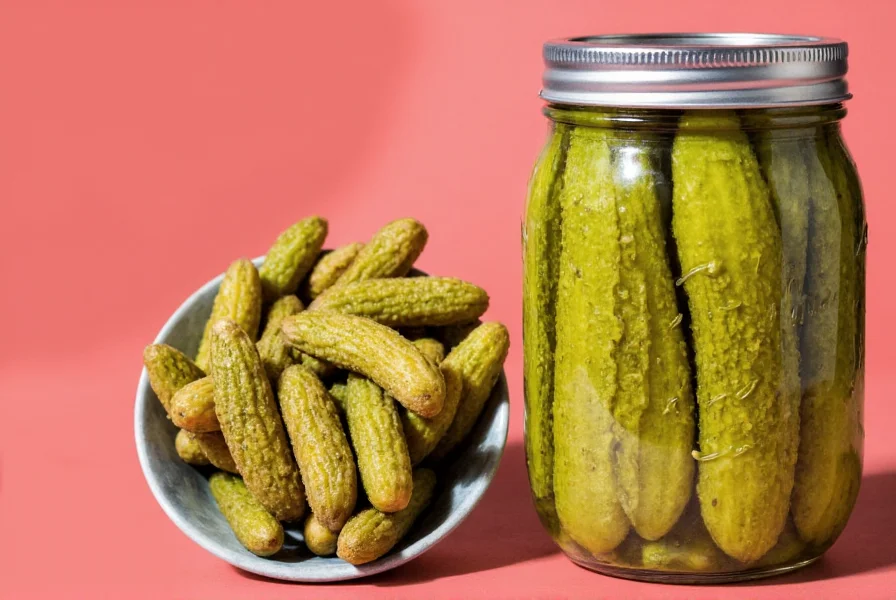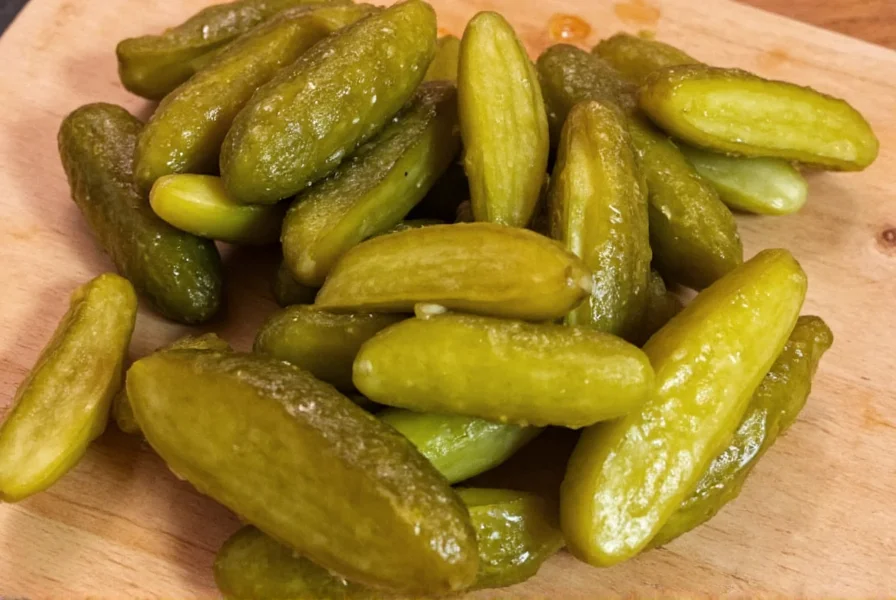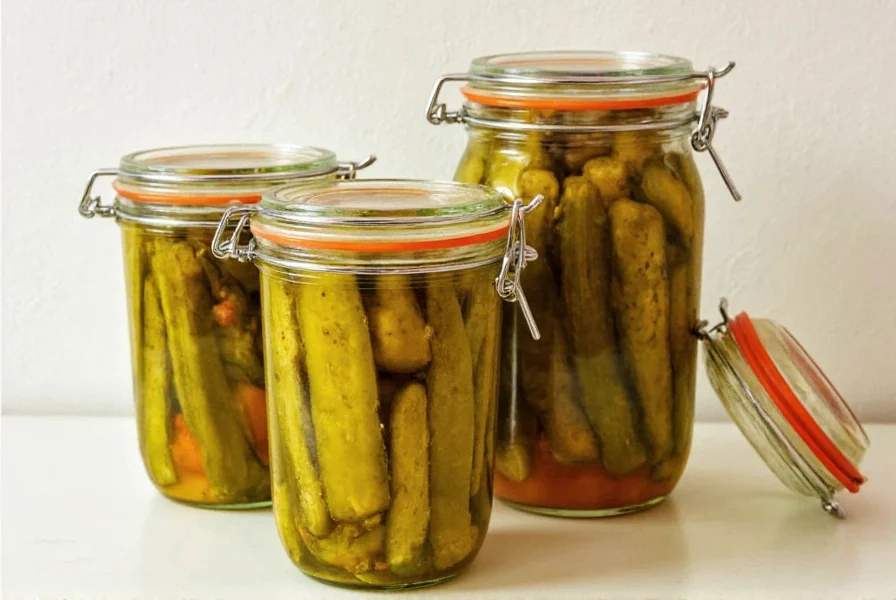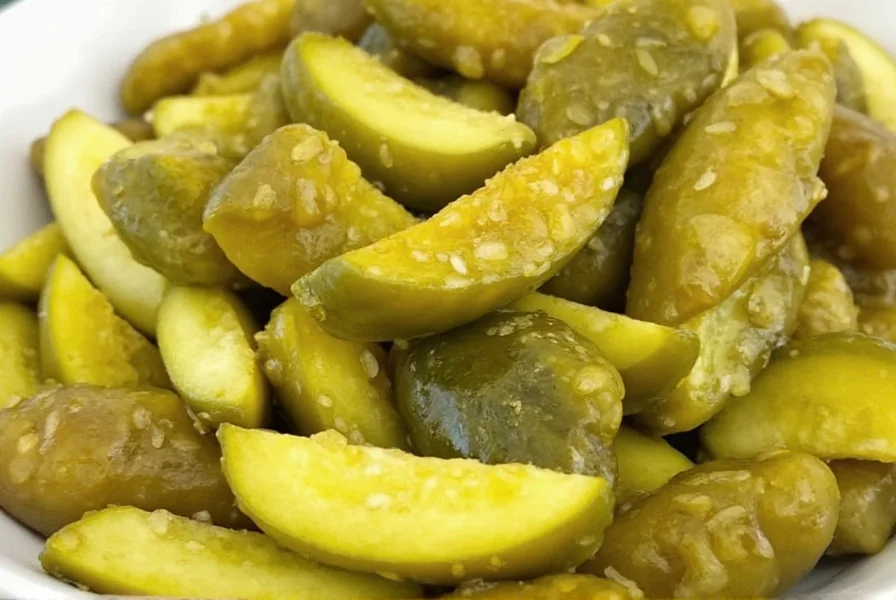Fermented Pickles: The Spicy Secret Behind Tangy, Tasty Snacks
When it comes to preserving flavor and adding a zesty kick to your meals, fermented pickles stand in a league of their own. From tangy dill pickles to fiery Korean-style kimchi cucumbers, these briny delights have been part of culinary traditions across the globe for centuries. But what exactly makes them so special? Why do they taste better with time? And how can you get that perfect spicy crunch at home or when shopping?
Table of Contents
- What Are Fermented Pickles?
- Health Benefits of Fermented Pickles
- The Role of Spice in Fermented Pickles
- How to Make Your Own Spicy Fermented Pickles
- Buying Guide: Best Store-Bought Fermented Pickles
- Tips & Tricks for Perfect Fermented Pickles
- Conclusion
What Are Fermented Pickles?
Fermented pickles are vegetables (most commonly cucumbers) preserved in a saltwater brine that encourages the growth of beneficial bacteria like Lactobacillus. This natural fermentation process not only extends shelf life but also develops deep, complex flavors — especially when spices are involved.
Unlike vinegar-based quick pickles, which are heat-processed and don’t undergo true fermentation, fermented pickles rely on wild bacteria and time to develop their signature sourness and crisp texture. They're alive — literally!
Health Benefits of Fermented Pickles
Beyond their bold flavor, fermented pickles offer real health perks:
- Probiotics: These good bacteria support gut health and digestion.
- Vitamins: Fermentation can boost levels of B-vitamins and vitamin K.
- Low Calories: Great for guilt-free snacking.
- Immune Boost: A healthy gut often means a stronger immune system.

The Role of Spice in Fermented Pickles
While traditional dill pickles may come to mind first, spicing up your ferments is where the magic happens. Whether you’re into mild warmth or tongue-tingling fire, the right spice combo can turn an ordinary pickle into a flavor explosion.
| Spice | Flavor Profile | Heat Level (Scoville Scale) | Best For |
|---|---|---|---|
| Black Pepper | Earthy, warm | 100–300 | Subtle background spice |
| Red Pepper Flakes | Sharp, bright heat | 30,000–50,000 | General-purpose spice boost |
| Jalapeño | Grassy, vegetal, sharp | 2,500–8,000 | Crunchy slices in jars |
| Habanero | Fruity, floral heat | 100,000–350,000 | For serious spice lovers |
How to Make Your Own Spicy Fermented Pickles
If you’ve ever wanted to take control of your pickle destiny, fermenting your own is the way to go. Here’s a basic recipe to get you started — with room to customize your spice level:
Ingredients:
- Small cucumbers (Kirby or Persian preferred)
- Filtered water
- Non-iodized salt (like sea salt or kosher salt)
- Fresh dill or dill seeds
- Garlic cloves
- Spice options (choose one or more): jalapeños, red pepper flakes, black peppercorns, mustard seeds
Equipment:
- Glass mason jars
- Weights or cabbage leaves (to keep pickles submerged)
- Cloth cover or airlock lid
Instructions:
- Rinse cucumbers well; leave whole or slice as desired.
- Prepare brine: 1 tablespoon salt per cup of water. Stir until dissolved.
- Pack cucumbers, garlic, dill, and spices into a clean jar.
- Pour brine over contents, leaving 1–2 inches at the top.
- Place weight on top to submerge veggies under brine.
- Cover with a cloth or airlock lid and let sit at room temperature (65–75°F).
- Ferment for 5–10 days. Taste daily once day 4 hits!
- Once desired flavor is achieved, store in fridge to slow fermentation.

Buying Guide: Best Store-Bought Fermented Pickles
If DIY isn’t your thing, there are still fantastic ready-made options out there. Here are some standout brands known for quality, flavor, and a spicy twist:
| Brand | Flavor Profile | Heat Level | Features | Use Case |
|---|---|---|---|---|
| Bubbies Spicy Dill | Classic dill with a punch of heat | Mild to medium | Raw, unpasteurized, probiotic-rich | Sandwiches, burgers, snacking |
| Grillo’s Spicy Pickles | Briny, garlicky, with chili heat | Medium-hot | Artisanal, small batch, non-GMO | Cheese boards, cocktails, charcuterie |
| NY Brine Spicy Half Sours | Less sour, more fresh, with spice | Medium | New York style, crunchy texture | Late-night snacks, bagel toppings |
| Urban Farm Fermentory Fire Pickles | Smoky heat meets tartness | Hot | Locally made, organic ingredients | Tacos, nachos, grilled cheese |
Tips & Tricks for Perfect Fermented Pickles
Whether you're fermenting your own or just enjoying store-bought versions, here are some pro tips to elevate your experience:
- Use non-chlorinated water — Chlorine kills good bacteria. Use filtered or boiled and cooled water.
- Don't skip the weights — Keeping your veggies submerged is crucial. Mold can form otherwise.
- Label and date your jars — Fermentation times vary, and you’ll want to track progress.
- Add spice in layers — Don’t just toss everything in. Layering ensures even distribution of heat and flavor.
- Pair with bold cheeses or meats — Think aged cheddar, salami, or chorizo for balance.
- Use leftover brine — It's loaded with probiotics and flavor! Try using it in dressings or marinades.

Conclusion
Fermented pickles are far more than just a snack — they're a celebration of tradition, flavor, and science all packed into a crunchy, spicy bite. Whether you prefer to craft your own batches or enjoy the best from artisan producers, spicing up your ferment game is a delicious adventure worth taking.
So go ahead, embrace the fizz, savor the sour, and dare to dial up the heat. Your gut — and your taste buds — will thank you.











 浙公网安备
33010002000092号
浙公网安备
33010002000092号 浙B2-20120091-4
浙B2-20120091-4